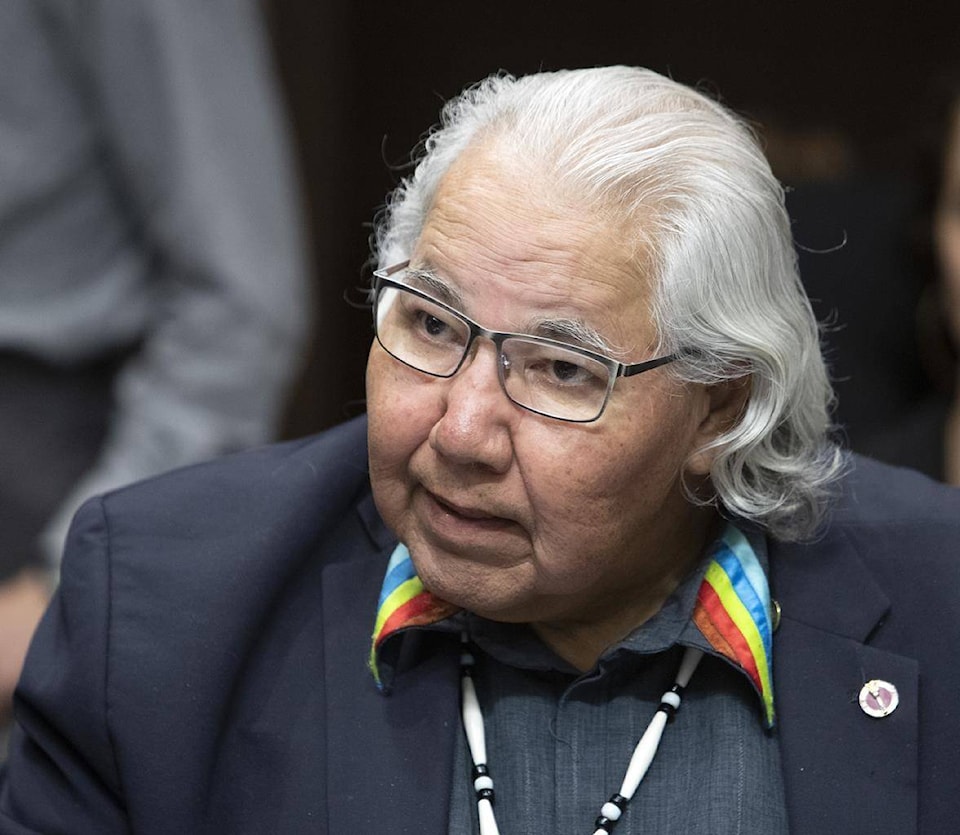Where are the children buried?
Most of us have heard about the discovery of the remains of 215 children at the Kamloops Indian Residential School. Rest in peace, our children.
Support is pouring in for the children and their families. In some places neat lines of children’s shoes have appeared outside legislative buildings and churches. Ceremonies and vigils are also being held. Awesome.
Assembly of First Nations National Chief Perry Bellegarde said this is only one school and it is “horrific evidence” that the residential school system was genocide against Indigenous people.
The question is why haven’t remains been found before this? And there certainly were lots of clues out there.
Anthropologist Dr. Scott Hamilton wrote the report Where are the Children Buried? for the National Truth and Reconciliation Commission (TRC).
The report looks at where students are buried by examining things like patterns in school numbers and enrolment, mortality patterns, and burial policies. It even identifies schools where cemeteries exist and helps predict which other schools most likely have cemeteries.
What happened? The report got buried. Dr. Hamilton, chair of the anthropology department at Lakehead University in Thunder Bay, filed his report and never heard anything about it after that. Not cool.
Canada’s Residential Schools: Missing Children and Unmarked Burials formed volume four of the Final Report of the Truth and Reconciliation Commission of Canada included documentation of unmarked grave sites they found at a sample of school locations. They were surprised at how many possible cemeteries they found.
The 266-page report looked at causes of students’ deaths and found TB was listed as the cause of most deaths. The cause of death was not known in nearly half the identified cases. The report also documents children who disappeared after running away.
Yet, governments didn’t use the TRC reports to examine the identified cemeteries, never mind all the other sites that the TRC didn’t look at. Instead, Stephen Harper’s Conservative government denied a TRC-submitted proposal to conduct a fuller inquiry into the deaths and grave sites.
Former senator Murray Sinclair, who chaired the TRC, recently said survivors told them about witnessing deaths, about children being put into mass burial sites, and how “infants who were born to young girls at the residential schools, infants who had been fathered by priests, were taken away from them and deliberately killed.”
Mr. Sinclair said the TRC wanted “to conduct a fuller inquiry to that part of the work of the TRC, to explore that on behalf of the survivors and Canadian public. We submitted a proposal, as it was not within the mandate of the TRC, and that request was denied.”
The National Centre for Truth and Reconciliation has confirmed the identities of 4,117 children who died. As many as 15,000 could have died said Mr. Sinclair.
Government action, finally
There is growing support for more searches for unidentified grave sites at the other 130 school sites and for creating a national day of mourning.
Government is responding. Flags were lowered on federal buildings and several premiers and mayors also lowered flags on their government buildings. Much appreciated.
Prime Minister Trudeau said the federal government wants to find the truth and pledged federal support for Indigenous communities’ work to find and preserve more grave sites. He said they will work with the provinces and territories to do “the right thing.”
Support is even coming from conservative provincial governments. The Alberta government announced it will fund research to look into residential school deaths and burials.
And the Ontario government said it will work with First Nations to ensure that residential school lands and properties will get searched. It will also work with the Opposition to create a day of mourning. Yayyyy.
The Alberta Federation of Labour is even calling for the names of people who created or promoted the residential school system to be removed from public buildings and schools.
What to do if triggered
Hearing about finding the 215 children is shocking and the triggers can come crashing down heavily or in small waves. Residential School Survivors have a shared history of pain, sorrow and loneliness.
People are sharing their stories and the wounds are opened once again. Many people are experiencing a new wave of emotions from this revelation. It’s collective trauma and we are hurting in varying degrees of pain because we are a nation in mourning.
How can you manage the heavy emotions? Start by acknowledge the feelings and allow the wave of emotions to come without judging them. It’s okay to feel sadness, numbness, confusion and anger.
Tell yourself that you are safe and that you are not that little girl or boy who is all alone. Connecting with people is important, so tell them your story. Talking about it helps with the healing.
Avoid alcohol and substances; instead, be around children and babies. Do things that bring you joy. Go on the land and experience the elements like fire, water, fresh air and going for walks.
If you’re crying a lot, you lose a lot of fluids. Keep hydrated by drinking plenty of water and herbal teas.
Self-care, self-care, self-care: Take deep breaths and exhale slowly, eat healthy foods, stretch and be active, go for walks, listen to upbeat music like drum songs, talk to an Elder, avoid social media, journal about your feelings, take a hot shower or bath, dance, cook food and invite people over, get enough sleep.
To talk to a professional counsellor confidentially call:
IRS Crisis Line: 1-866-925-4419
First Nations Crisis Line: 1-855-242-3310
NWT Help Line: 1-800-661-0844
